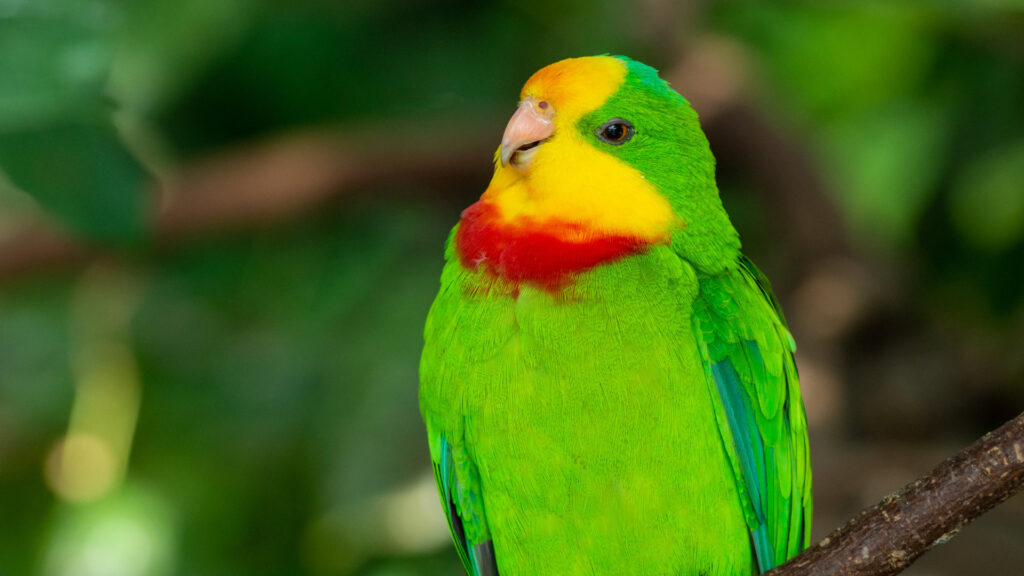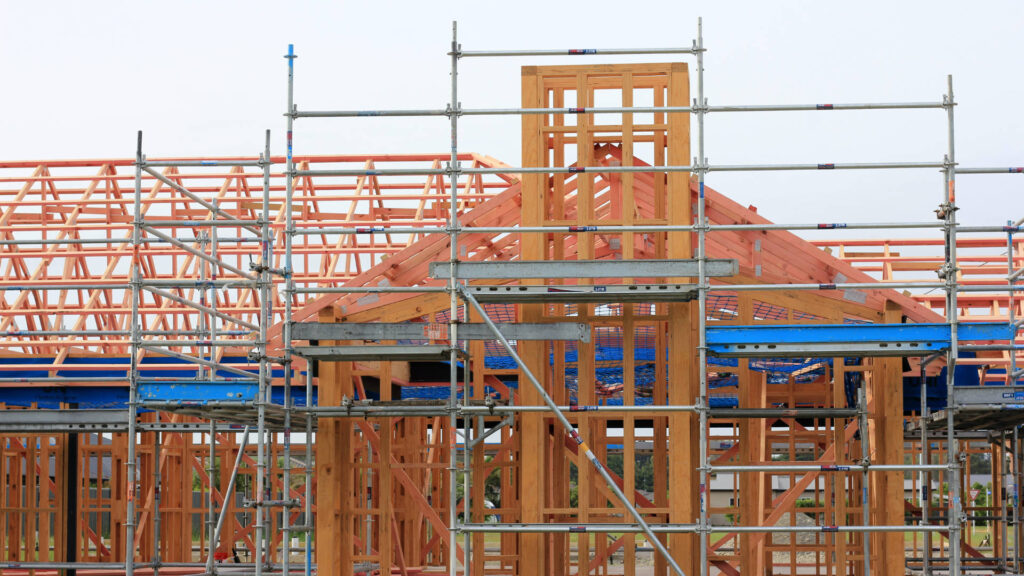A new whitepaper finds that interest rates are not the primary driver of the movement in house prices.
The ongoing housing challenges in Australia are comprised of related but separate crises, according to the latest whitepaper from PEXA Research and LongView.
Putting into perspective the drivers of house prices based on decades worth of data, the whitepaper identified three related housing crises currently happening in Australia: purchase affordability, rental affordability, and rental experience.
PEXA CEO Glenn King said containing the analysis of the housing crisis to just supply-demand arguments would only yield simple solutions that, he believes, would not be enough to work.
“What we have sought to do to is forensically analyse Australia’s unique demographic and urbanisation profile to help explain Australia’s upward trend in house prices over so many decades,” he said.
Continue reading the findings of the whitepaper at yourmortgage.com.au.



